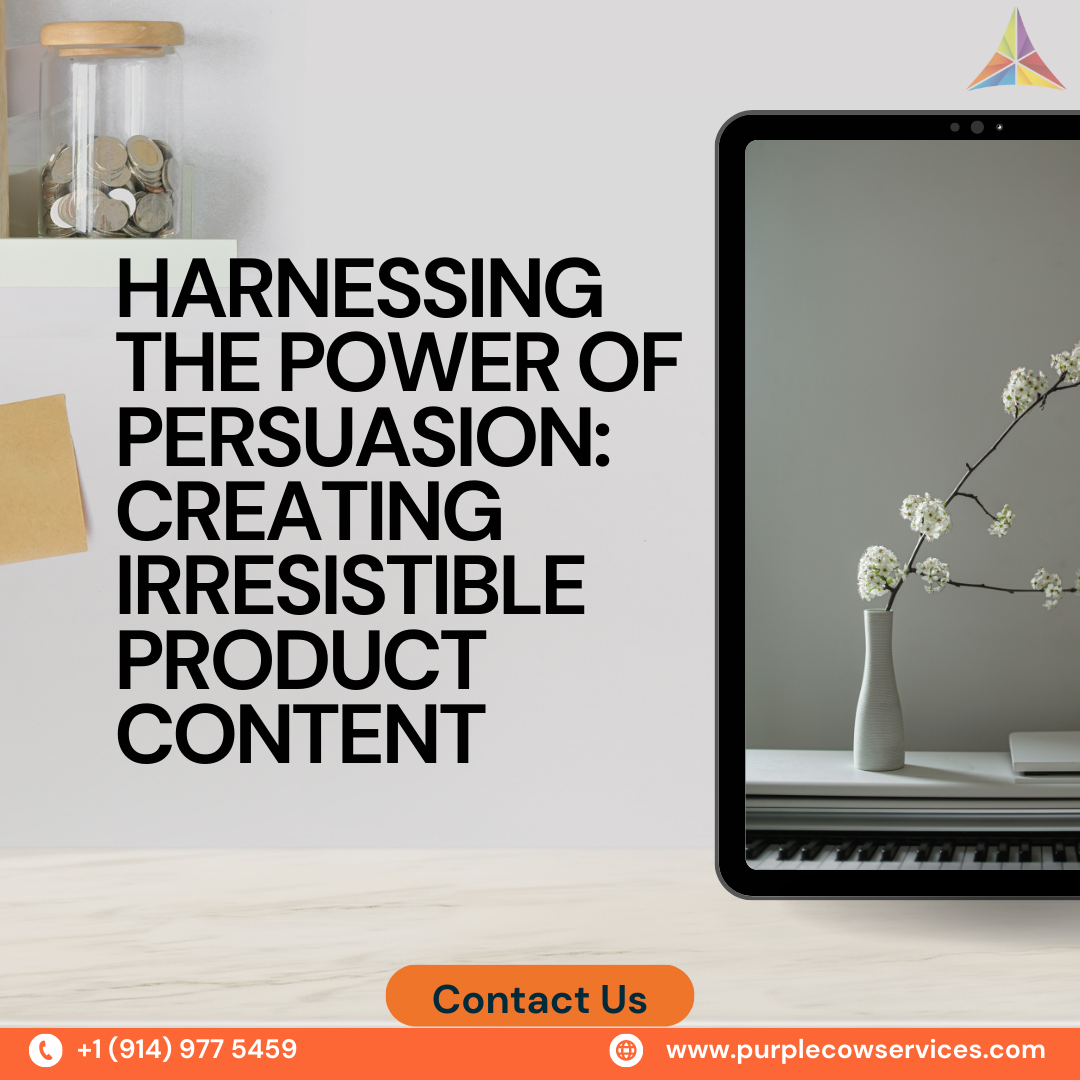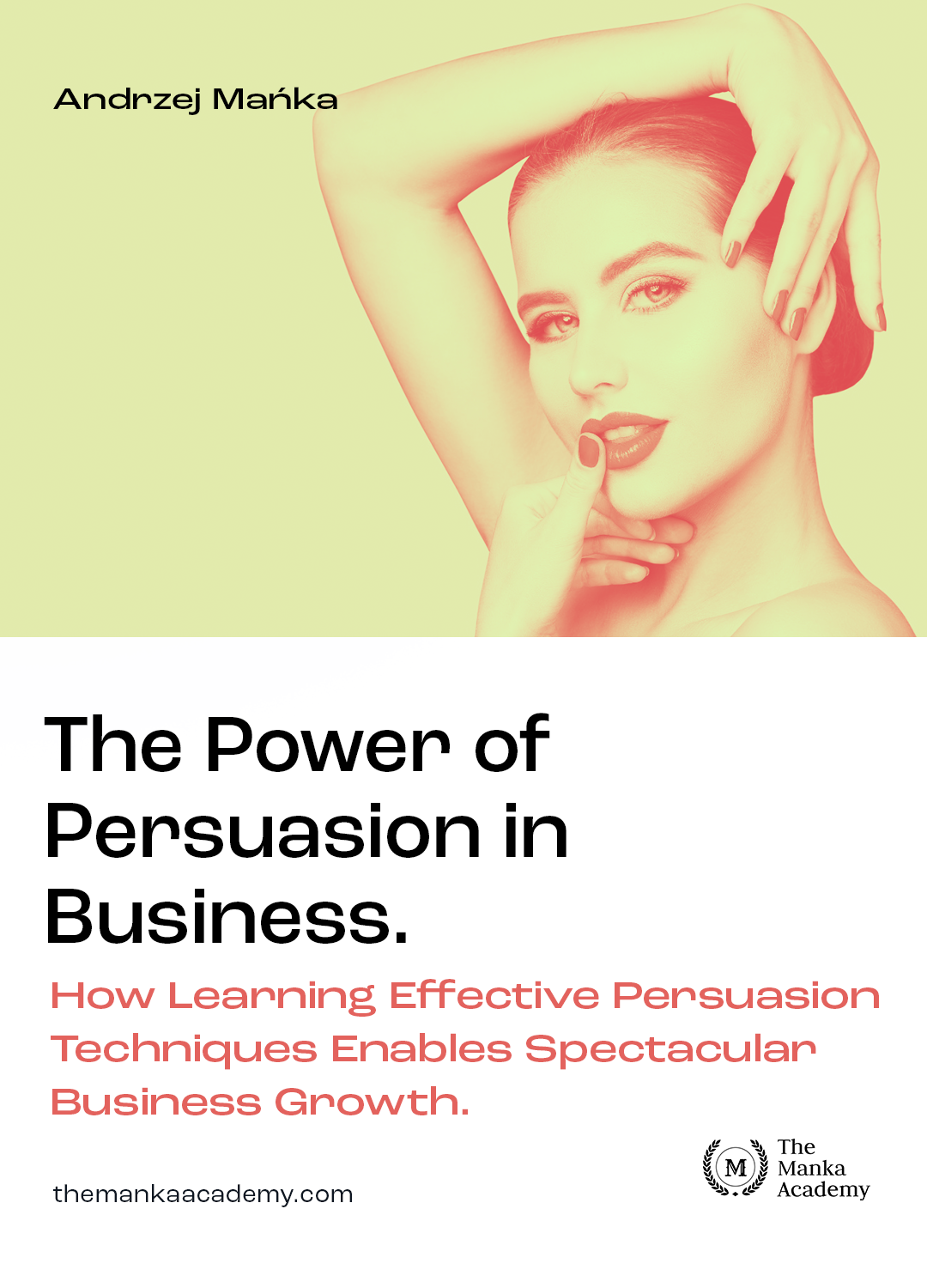Unlocking the Power of Persuasion: A Guide to Crafting Irresistible Product Pitches
As an architect and interior design expert, I’ve spent years crafting spaces that resonate with people on a deeply personal level. The principles of successful design are surprisingly applicable to the world of product marketing. Just like a well-designed room, a compelling product pitch needs to be thoughtfully structured, visually appealing, and most importantly, tailored to the specific needs and desires of its audience.
To help you craft the perfect pitch, let’s break down the process into key elements:

1. Understanding Your Ideal Customer:
Before we dive into features and benefits, it’s crucial to define your ideal customer. Who are they? What are their pain points? What motivates them?
- Demographic Profile: Age, gender, location, income level, education, profession.
- Psychographic Profile: Lifestyle, values, interests, hobbies, aspirations, fears.
- Needs and Desires: What problems are they trying to solve? What are their goals? What are their priorities?


2. Identifying Key Features and Benefits:

Once you understand your ideal customer, you can start to identify the features of your product or service that matter most to them. But don’t stop there! For each feature, translate it into a tangible benefit that directly addresses your customer’s needs and desires.
Here’s a simple framework:

- Feature: A tangible attribute of your product or service.
- Benefit: The positive outcome or value that the feature delivers to the customer.


Example:

- Feature: A high-resolution camera in a smartphone.
- Benefit: Capture stunning photos and videos, share memories with friends and family, express creativity through photography.

3. Crafting a Compelling Narrative:
Now that you have a solid understanding of your ideal customer and the key features and benefits, it’s time to weave them into a compelling narrative. This narrative should be engaging, informative, and ultimately persuasive.

Here are some storytelling techniques that can help:
- Emphasize the Problem: Start by highlighting the pain points or challenges that your ideal customer faces. This creates a sense of urgency and makes them more receptive to your solution.
- Introduce Your Product as the Solution: Present your product or service as the answer to their problem. Focus on the specific features and benefits that directly address their needs.
- Show, Don’t Tell: Use visuals, testimonials, and real-life examples to demonstrate the value of your product. This helps to make your pitch more concrete and relatable.
- Build Emotional Connection: Appeal to your customer’s emotions by highlighting the positive impact that your product will have on their lives. This can be anything from increased productivity to improved well-being.
- End with a Call to Action: Clearly state what you want your customer to do next. This could be visiting your website, signing up for a free trial, or making a purchase.


4. Delivering Your Pitch with Confidence:
Once you have a strong narrative, it’s important to deliver your pitch with confidence and enthusiasm. Here are some tips:
- Practice, Practice, Practice: Rehearse your pitch until you are comfortable and confident.
- Make Eye Contact: Look your audience in the eye to create a connection and show that you are engaged.
- Speak Clearly and Concisely: Use clear and concise language that is easy for your audience to understand.
- Be Passionate: Show your enthusiasm for your product and let your passion shine through.
- Be Prepared for Questions: Anticipate potential questions and have answers ready.
5. Adapting Your Pitch for Different Audiences:
The same product can appeal to different audiences for different reasons. It’s important to tailor your pitch to each specific audience.
- Focus on the Key Benefits: Highlight the benefits that are most relevant to each audience.
- Use Different Language and Tone: Adjust your language and tone to match the audience’s level of understanding and their preferred style of communication.
- Consider Different Channels: Use different channels to reach different audiences. For example, you might use social media to target younger audiences, while using email marketing to reach older audiences.
Examples of Features and Benefits for Different Products/Services:
Luxury Real Estate:
- Feature: Spacious living areas with high ceilings and natural light.
- Benefit: A sense of grandeur and spaciousness, creating a luxurious and comfortable living environment.
- Feature: High-end finishes and fixtures, such as marble countertops and custom cabinetry.
- Benefit: A sophisticated and elegant aesthetic, reflecting the owner’s refined taste.
- Feature: Private outdoor spaces with stunning views.
- Benefit: A tranquil escape from the hustle and bustle of everyday life, offering a sense of peace and serenity.
High-End Skincare:
- Feature: Natural ingredients and organic formulations.
- Benefit: Gentle and effective skincare that nourishes and protects the skin without harsh chemicals.
- Feature: Anti-aging properties.
- Benefit: A youthful and radiant complexion, reducing the appearance of fine lines and wrinkles.
- Feature: Luxurious textures and scents.
- Benefit: A pampering and indulgent skincare experience, elevating daily routines.
Sustainable Fashion:
- Feature: Ethically sourced materials and production processes.
- Benefit: Supporting fair labor practices and minimizing environmental impact.
- Feature: Durable and long-lasting designs.
- Benefit: Investing in high-quality garments that will last for years to come, reducing the need for frequent replacements.
- Feature: Stylish and timeless designs.
- Benefit: Expressing personal style while making a positive impact on the world.
Remember: The key to a successful product pitch is understanding your ideal customer and tailoring your message to their specific needs and desires. By focusing on the benefits that matter most to them, you can create a compelling narrative that resonates with their hearts and minds, leading them to make an informed purchasing decision.

